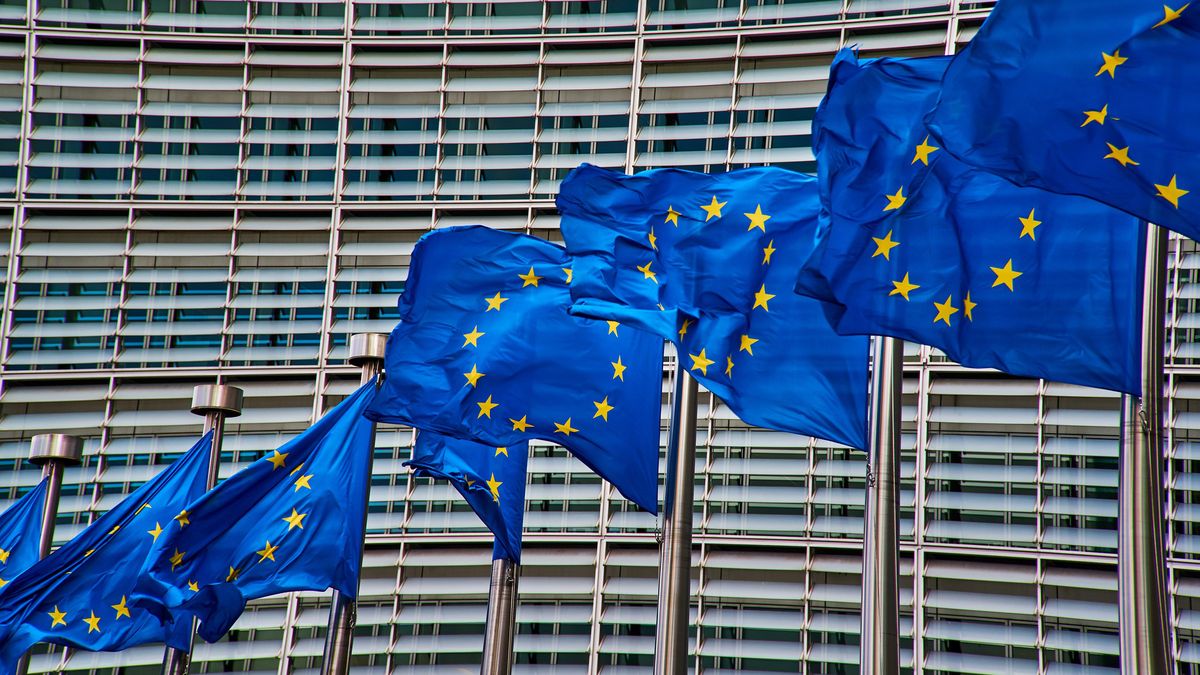 Image Credits:RoschetzkyIstockPhoto / Getty Images
Image Credits:RoschetzkyIstockPhoto / Getty Images11:35 AM PDT · July 2, 2025
Even Tesla’s energy storage business, which has been a small, yet notable bright spot, can’t escape the cloud that’s hanging over the company.
For the second consecutive quarter, deployments of its Powerwall and Megapack stationary storage products have declined, according to stats released by Tesla. In the second quarter of this year, the company installed 9.6 gigawatt-hours of storage, down 0.8 gigawatt-hours from the first quarter.
Tesla’s energy storage division peaked in the fourth quarter of 2024, a three-month period that saw 11 gigawatt-hours deployed. In all, Tesla we deployed 31.4 GWh of energy storage products in 2024.
Until this year, the sector has been a bright spot for Tesla, posting consistent year-over-year growth. Revenue from energy storage and solar installations grew from $2 billion in 2020 to $10.1 billion last year. Tesla’s poor start to the year suggests that streak is about to come to an end.
By contrast, the broader market for energy storage has been growing recently. Analysts at Wood Mackenzie said new installations hit a record high in Q1, the most recent period for which data is available, growing by 57% year-over-year.
Such growth is unlikely to continue, though, as tariffs on Chinese-made goods coincide with the ill-effects of a Trump-backed reconciliation bill currently being hashed out in Congress. There, Republicans have been working to eliminate key parts of the Inflation Reduction Act.
While battery storage installations might continue to receive tax credits under the bill, new restrictions over parts or materials sourced from foreign entities of concern (FEOC) could make any remaining tax credits nearly impossible to claim. The vast majority of minerals used in batteries are refined or processed in China.
Tim De Chant is a senior climate reporter at TechCrunch. He has written for a wide range of publications, including Wired magazine, the Chicago Tribune, Ars Technica, The Wire China, and NOVA Next, where he was founding editor. De Chant is also a lecturer in MIT’s Graduate Program in Science Writing, and he was awarded a Knight Science Journalism Fellowship at MIT in 2018, during which time he studied climate technologies and explored new business models for journalism. He received his PhD in environmental science, policy, and management from the University of California, Berkeley, and his BA degree in environmental studies, English, and biology from St. Olaf College.
.png)











 English (US) ·
English (US) ·